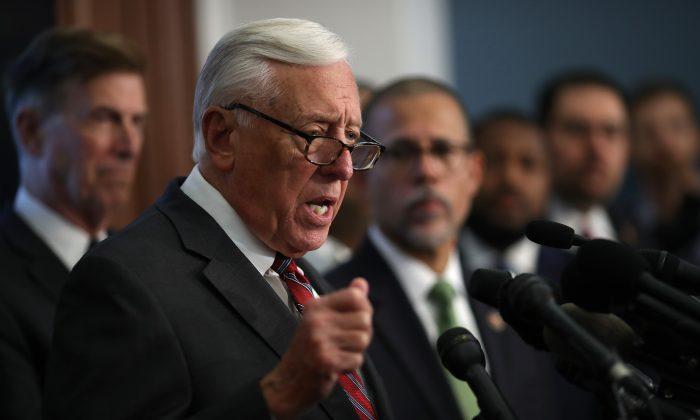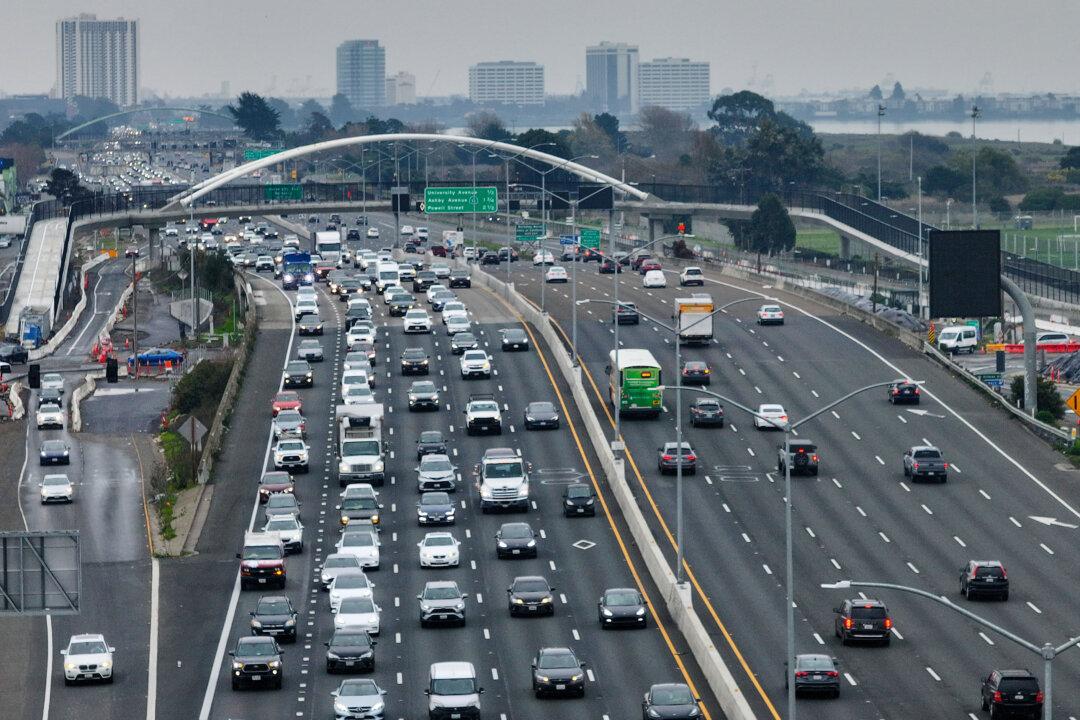The House of Representatives won’t officially meet in Washington until May 15 at the earliest, Majority Leader Steny Hoyer (D-Md.) said on May 11.
“Pending introduction of legislation, it is possible that the House may meet this week,” but that would take place “no earlier” than May 15, he said.
Members will be given 72 hours notice of when they would need to return to the Capitol.
While House Speaker Nancy Pelosi (D-Calif.) said this month that she hoped to convene the House as soon as this week, she has held off from committing to a return date.
“We’re going to open the house when the sergeant at arms and the Capitol physician say that we can come,” she told reporters on May 7.
She also mentioned wanting to know “ the demographics of who is getting hit hardest in all of this to prepare us for the cure and the vaccine, which we pray is on the horizon.”

Republicans have pushed Democrats to end the House’s prolonged break. House Minority Leader Kevin McCarthy (R-Calif.) said last week he believes members are essential workers.
“We’ve proven that we can come back,” McCarthy said on Fox News’ “Life, Liberty & Levin.”
“If you look at the history of America, Congress has met ... during every war, during every crisis, during 9/11,” he said.
Workers designated essential in states across the nation were told to keep working through the COVID-19 pandemic while others were furloughed, fired, or shifted to remote work.
The Senate returned to session on May 4, with Senate Majority Leader Mitch McConnell (R-Ky.) asserting that senators couldn’t continue to remain outside Washington while front-line workers such as doctors carried out their jobs.
Congress is working on a phase four package aimed at relief from lockdown measures, which have caused an economic downturn. Hoyer said that conversations surrounding the package continue, as well as a rule change related to remote work.
Pelosi said May 10 that Democrats are pushing for extra food stamp funding as well as additional money for state and local governments. They also want to include more money for individuals, with possibilities to include more direct payments or boosts to unemployment insurance and the Paycheck Protection Program.





